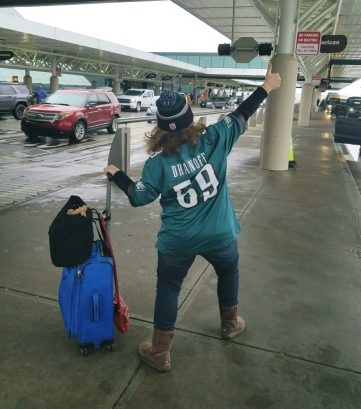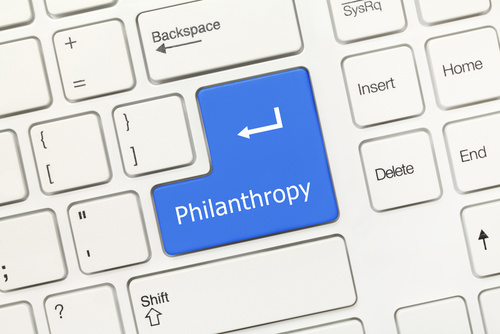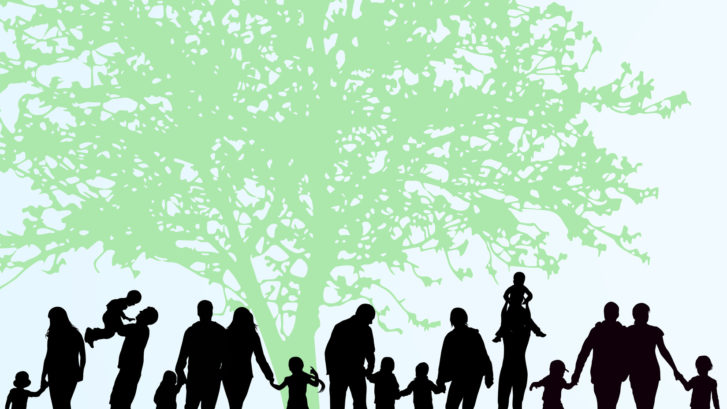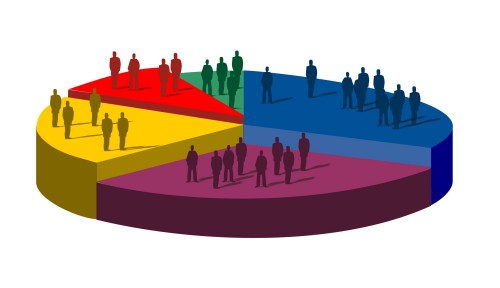We all belong to various communities, but we may not understand what defines them or what makes them thrive. Oxford Dictionaries defines community as: “A group of people living in the same place or having a particular characteristic in common.”
In our experience, this definition begs further consideration. At Melior, our work often centers on exploring what truly defines a community, understanding what community means to people, and identifying drivers for assuring that the community thrives.
Why is it important to understand your community? Many leaders of mission-based organizations and government programs are wondering about the drivers of “thrivancy” and what makes the communities they serve special and unique… the factors that define them, make them worthy of support, and that represent their values.
We have worked with communities across the country, where our studies have been used to contribute insight into the distinctive drivers of growth and prosperity, health and well-being, and overall quality of life. These descriptors define the unique and complex characteristics of each community, which helps our clients can carry out their missions and meet the needs of their communities, developing successful programming and services for the future.
Community A vs. B vs. C: They Couldn’t Be More Different
Recently, we examined three different groups: Community A, Community B, and Community C. We asked each community the same type of question, and the results in each were different:

How Can Each Community Promote “Thrivancy”?
In exploring the quality that each community sees as vital to “thrivancy”, its members and leaders have the opportunity to best serve the community’s needs, and foster that quality within their community.
Community A chose “diversity”, signifying that these people value access to multiple ideas and options, and living among people of varied backgrounds. Knowing this, the community leaders could benefit their members by offering programming that promotes diversity, such as immigration support services, an inclusive interfaith dinner, and community lectures from guests sharing different viewpoints.
Community B chose “respectful leadership”, indicating that the community members value polite and considerate behavior from their elected and appointed leaders. In order to ensure this type of relationship, community leaders could organize regular town hall meetings to elicit feedback, and volunteer opportunities where everyone works together and leaders are integrated into the community.
Community C chose “quality of life and family-friendly initiatives” as the most necessary drivers for their community to thrive. Therefore the leaders of this community could focus on services surrounding wellness, transportation, and education, and emphasize family-friendly programs such as safe walking paths to schools and an annual carnival in the park.
Community A, Community B and Community C all have very different ideas about what elements are necessary for their community to thrive. Thus, the members and leaders of each community should not take the same actions as one of the other communities.
Rather than comparing themselves to or emulating other communities, each community should respond to their members’ specific thoughts and values. From small to big, there are actionable steps Communities A, B, and C can take to build stronger communities.
How Melior Can Help You Engage Your Community
Clearly, the drivers that define “community” and “thrivancy” are different between Communities A, B and C, as are the reasons these drivers were rated so highly by community members. And that’s an important point to this endeavor: it’s not only knowing how members define their own communities, but why they do so.
The Melior Group is highly experienced in community studies and identifying community drivers. We utilize state-of-the-art methodologies, incorporating creative approaches to gathering community-based information. We also analyze the data specifically with the goals of our clients in mind, offering insightful, action-oriented information. Our clients are thus able to address community concerns and ensure that their community will thrive.
The key takeaway is this: it’s important to know the drivers that make your community thrive, so you can best position your organization to carry out its mission and meet your community’s needs.
For more information on our work, please visit our Government/Civic Entities page or Mission-based Organizations page or contact Elizabeth Foley at 215-545-0054 x111 or [email protected].










